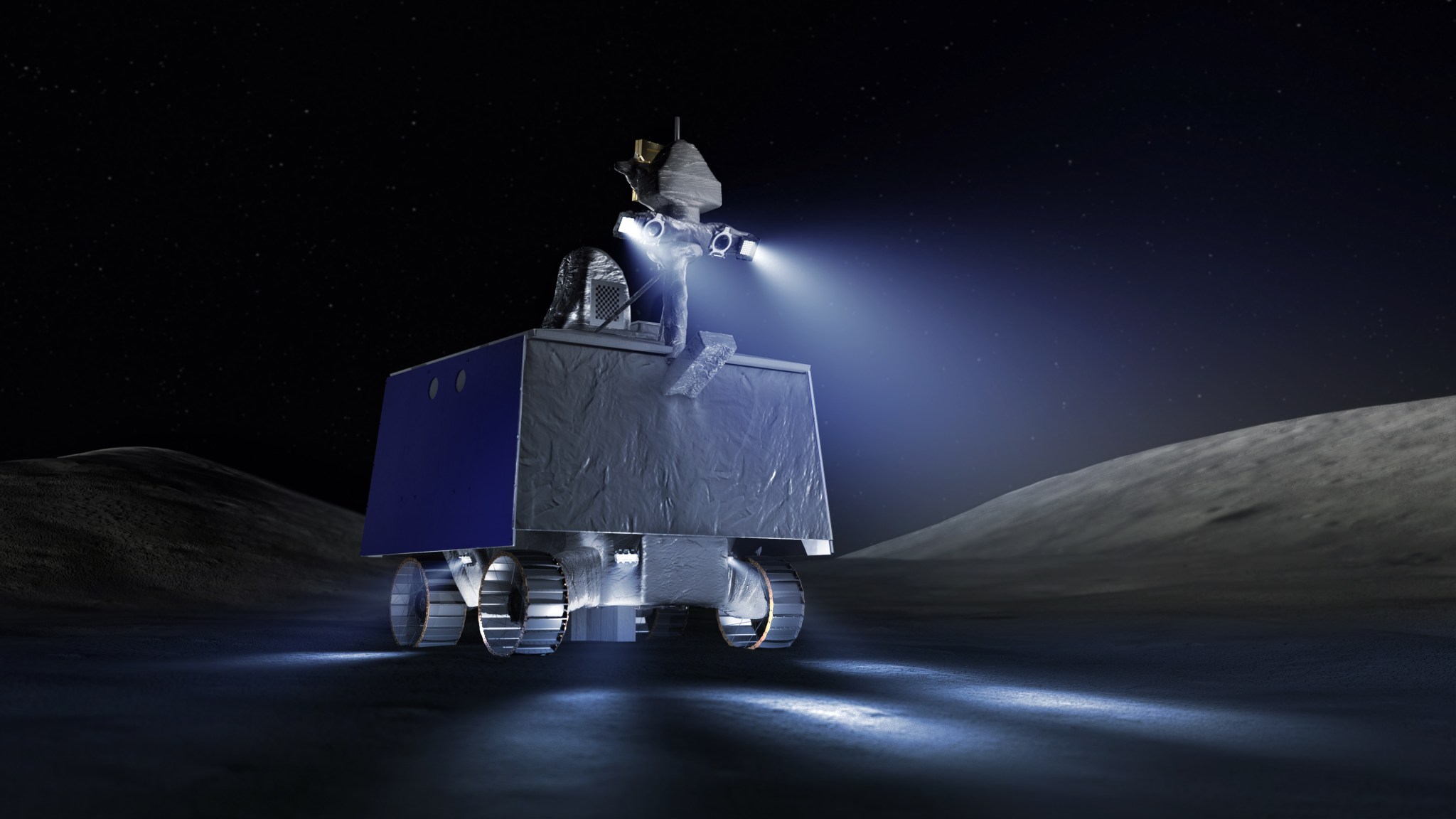
Lee esta nota de prensa en español aquí.
NASA is inviting people to send their names to the surface of the Moon aboard the agency’s first robotic lunar rover, VIPER – short for Volatiles Investigating Polar Exploration Rover. The rover will embark on a mission to the lunar South Pole to unravel the mysteries of the Moon’s water and better understand the environment where NASA plans to land the first woman and first person of color under its Artemis program.
As part of the “Send Your Name with VIPER” campaign, NASA will accept names received before 11:59 p.m. EST, March 15. Once collected, the agency will take the names and attach them to the rover.
To add your name, visit:
https://www.nasa.gov/send-your-name-with-viper
The site also enables participants to create and download a virtual souvenir – a boarding pass to the VIPER mission featuring their name – to commemorate the experience. Participants are encouraged to share their requests on social media using the hashtag #SendYourName.
“With VIPER, we are going to study and explore parts of the Moon’s surface no one has ever been to before – and with this campaign, we are inviting the world to be part of that risky yet rewarding journey,” said Nicola Fox, associate administrator, Science Mission Directorate at NASA Headquarters in Washington. “Just think: Our names will ride along as VIPER navigates across the rugged terrain of the lunar South Pole and gathers valuable data that will help us better understand the history of the Moon and the environment where we plan to send Artemis astronauts.”
This campaign is like other NASA projects that have enabled tens of millions of people to send their names to ride along with Artemis I, several Mars spacecraft, and the agency’s upcoming Europa Clipper mission. It draws from the agency’s long tradition of shipping inspirational messages on spacecraft that have explored our solar system and beyond.
“Our VIPER is a game-changer,” said Daniel Andrews, VIPER’s project manager at NASA’s Ames Research Center in California’s Silicon Valley. “It’s the first mission of its kind, expanding our understanding of where lunar resources could be harvested to support a long-term human presence on the Moon.”
In late 2024, Astrobotic Technologies’ Griffin Mission One is scheduled to deliver VIPER to the lunar surface after launching aboard a SpaceX Falcon Heavy from Cape Canaveral Space Force Station in Florida. Once there, VIPER will rely on its solar panels and batteries for its roughly 100-day mission to survive extreme temperatures and challenging lighting conditions, while powering a suite of science instruments designed to gather data about the characteristics and concentrations of lunar ice and other possible resources.
NASA’s VIPER delivery is part of its CLPS (Commercial Lunar Payload Services) initiative under the Artemis program. With CLPS, as well as with human exploration near the lunar South Pole, NASA will establish a long-term cadence of Moon missions in preparation for sending the first astronauts to Mars.
The rover is part of the LDEP (Lunar Discovery and Exploration Program), managed by the Science Mission Directorate at the agency’s headquarters and is executed through the Exploration Science Strategy and Integration Office. In addition to managing the mission, NASA Ames leads the mission’s science, systems engineering, real-time rover surface operations, and flight software. The rover hardware is designed and built by NASA’s Johnson Space Center in Houston, while the instruments are provided by NASA Ames, the agency’s Kennedy Space Center in Florida, and commercial partner Honeybee Robotics in Altadena, California.
For more information about VIPER, visit:
-end-
Karen Fox / Alise Fisher
Headquarters, Washington
202-358-1275 / 202-358-2546
karen.c.fox@nasa.gov / alise.m.fisher@nasa.gov
Rachel Hoover
Ames Research Center, Silicon Valley
650-604-4789
rachel.hoover@nasa.gov




























